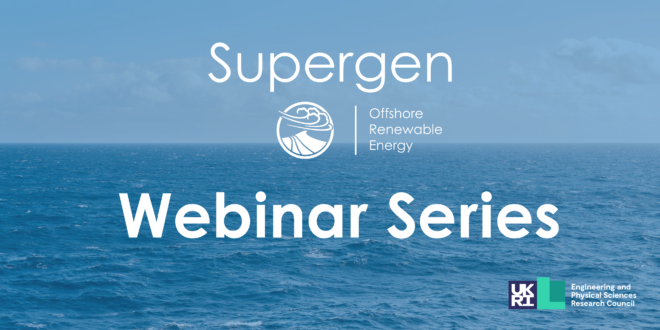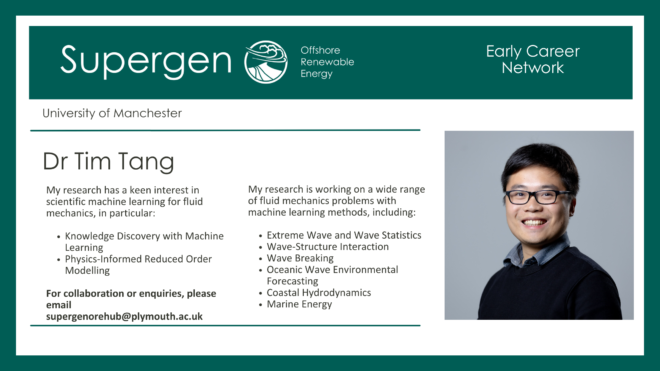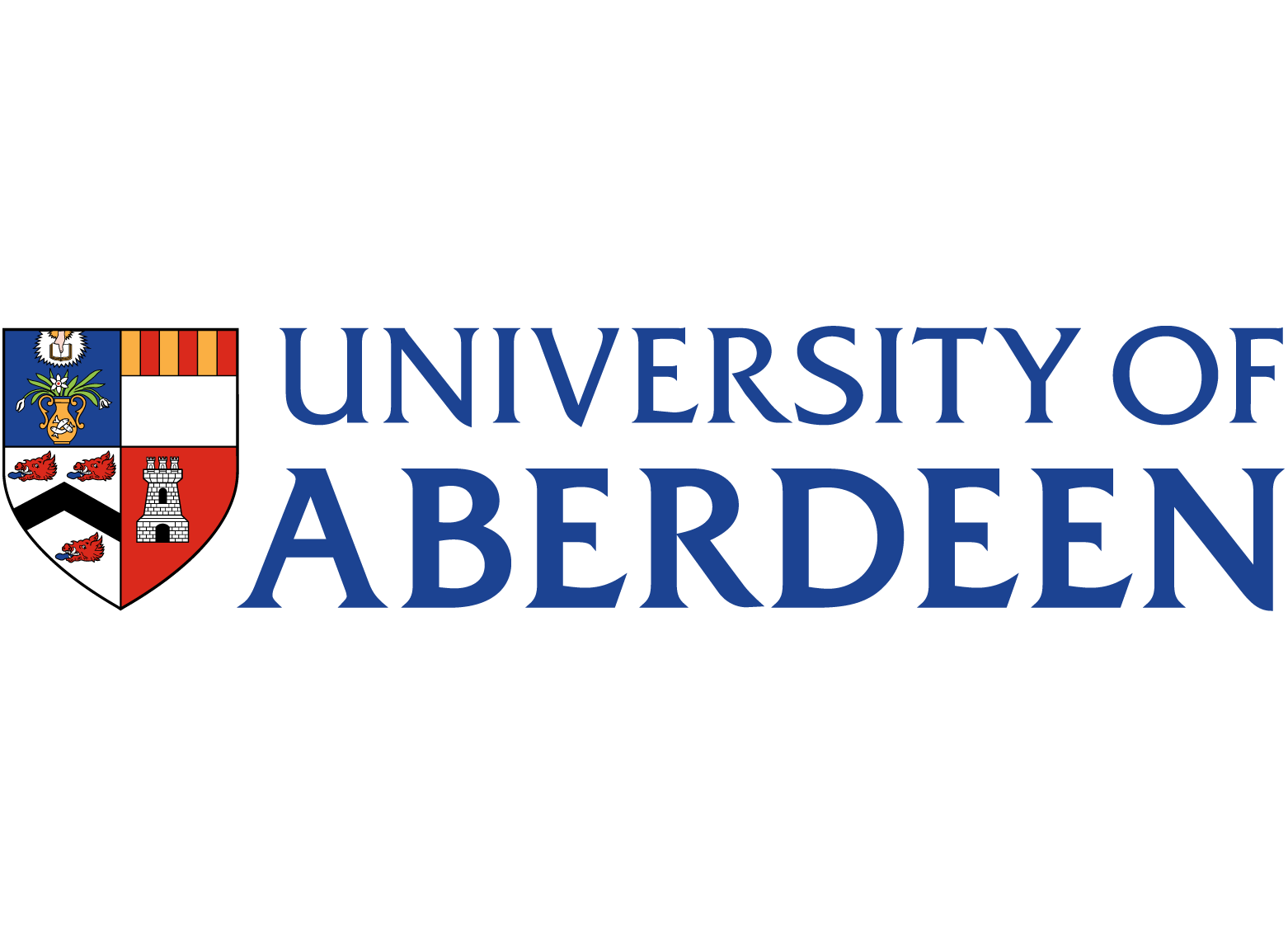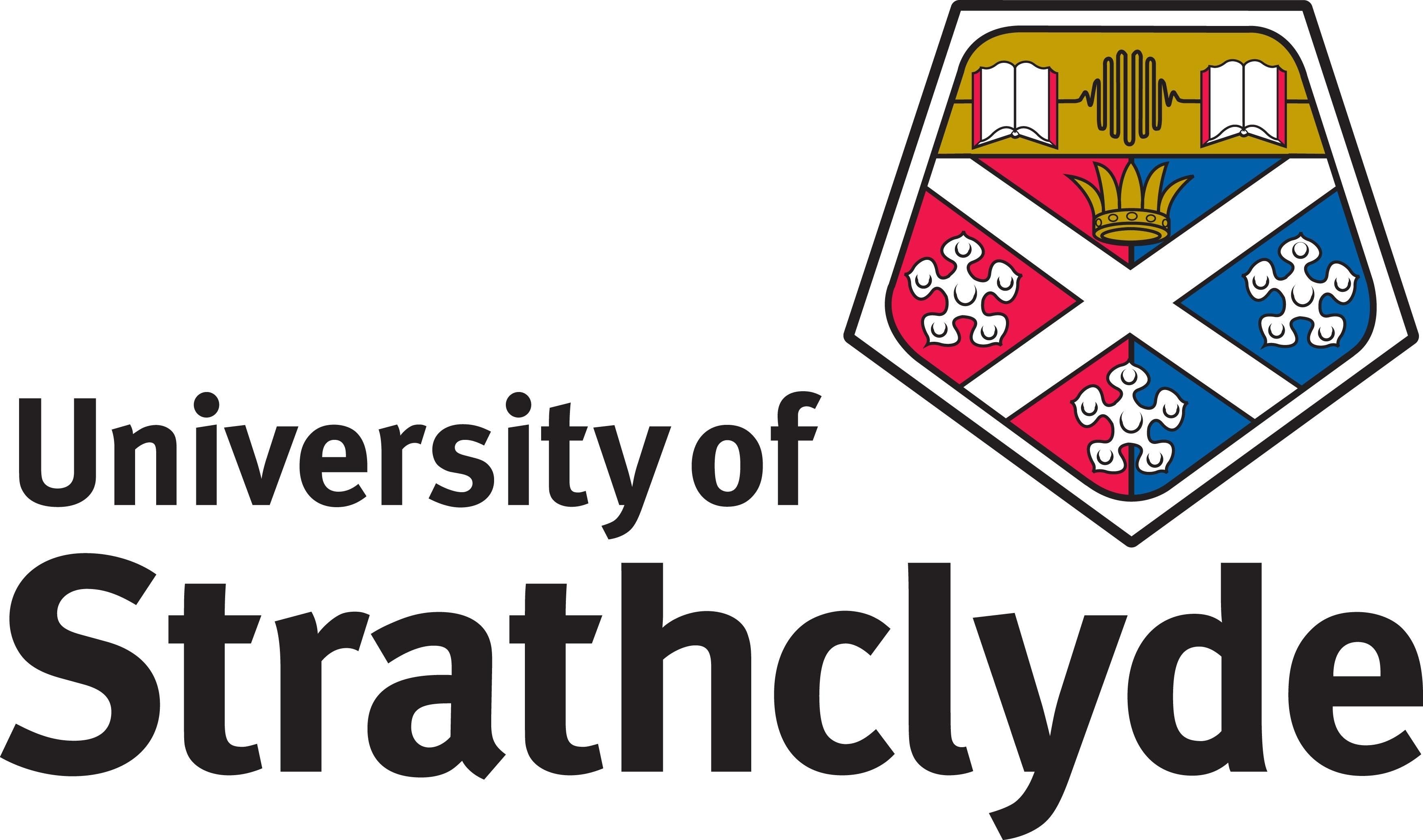This project aims at reducing the cost of energy from Offshore Wind Turbines through novel design and innovation. As wind turbines grow larger to reduce the levelized cost of energy, their blades grow more slender and require significantly thicker airfoils (>30%), specifically towards the root region. Such airfoils however, have reduced maximum lift and are very prone to flow separation. In addition to reduced performance, this also reduces turbine life span, as fatigue loads become crucial. One solution to the challenges caused by the use of very thick traditional airfoils is the use of flatback airfoils. Flatback profiles have blunt trailing edge (TE) and provide higher lift and reduced sensitivity to tripping. There is still limited research on them however, especially with regards (a) to how blunt the TE can be before it is actually detrimental and (b) the possibility for dynamic flow control. The objectives of this project are: 1. To investigate the aerodynamic performance of an airfoil with very thick TE (20% chord) at high Reynolds number (Re ≈ 2M) 2. To investigate the unsteady wake characteristics of the same airfoil with the use of combined unsteady pressure and velocity measurements using microphones and hot wires 3. To examine the possibility of dynamic control of airfoil performance.











